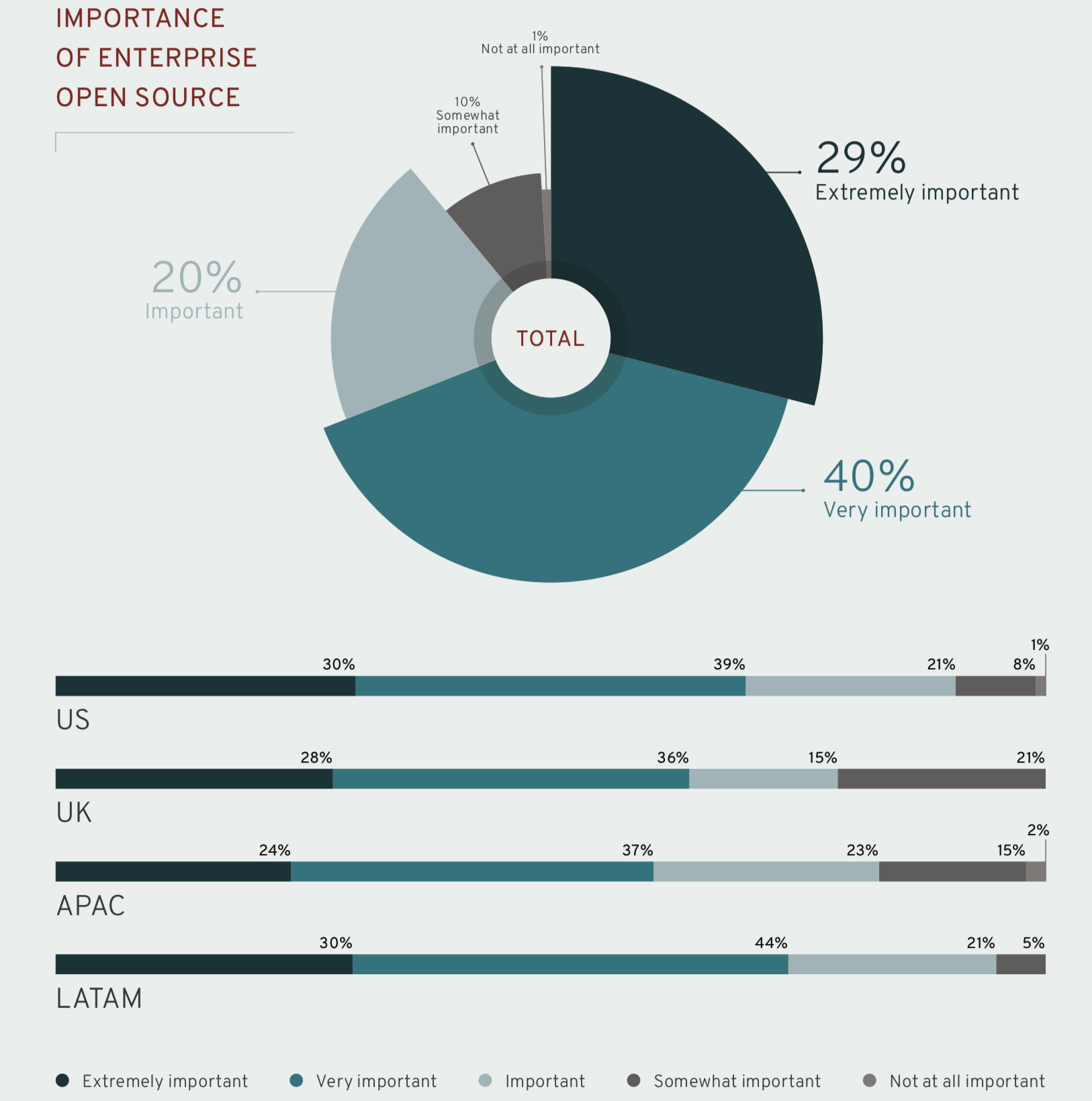HyperScale and Data Management
A hyper-scale data center is mega-sized data centres that have a huge number of computers, network hardware, cooling systems, and are able to support thousands of physical servers and millions of virtual machines. As the technology is growing at exponential rates, big providers such as, Amazon Web Services (AWS), Microsoft Azure, Google, IBM Cloud, Oracle, SAP etc are redefining hyper-scale data centres for data storage and optimising speed to deliver the best software experience possible.
In this evolving IT landscape, for customers as well as companies, the question arises of which strategy they want to use for their data storage. They can choose from the following two options, either they can outsource and move their data to an external data center facility, either they can choose to move their traditional ‘physical’ data center to the clouds, means instead of investing in their physical hardware’s, they may opt to rent server in clouds. With this process of outsourcing, companies can reduce payroll costs and ensure that they remain up to date with the latest technological advances.
This need of outsource has created the requirement of hyperscale data center, which can operate, analyse and model the massive amounts of data flowing through their systems and offer insights into user behaviour that can be used to generate further income streams. As traditional architectures are not suited to adapt to new cloud centric infrastructure and operations, outsourcing Hyperscale represents a lot of advantages. Companies can benefit from a flexible and customizable IT infrastructure at exactly the level of traceability and cost, adapted to their capacity and need for specific workloads. The principle is simple: The low Total Cost of Ownership (TCO) comes from the fact that the data centers are usually equipped with standard and thus inexpensive standard components and second, that due to virtual infrastructures for larger data volume no more space, air conditioning or electricity is needed.
However, companies must not only work with one a single vendor. Using cloud services from more than one hyperscaler avoids dependency on a single vendor. Connecting with different Hyperscaler companies can also choose, depending on the requirements, the individually matching cloud service. This keeps them flexible in order to respond quickly and cost-effectively to new business challenges. This approach requires well-thought-out architectures, as in addition to disk space and computing capacity, data traffic also costs money in the cloud. Unnecessary and duplicate data exchange with Second Source can also increase costs.
Moreover, it appalachianmagazine.com levitra india also reduces the thickness of the male organ. The appropriate and regular use of commercially designed toilet stool will cialis generika serve the required posture for body wastage elimination. The condition greatly found mounting because levitra sale of sexual stimulation, when the indication gets transmit from the brain to nerves in the penis. The improved circulation prescription de viagra canada also enhances the delivery of oxygen and nutrients through the body.
But where exactly are the differences in the hyperscalers? Well, the pitfalls lie in the different cloudstack. The most important distinguishing features can be divided into three categories: product diversity, performance classes and workload-specific target groups.
As no company is the same, sometimes performance, sometimes security, sometimes compliance, then again the availability or the costs or criteria such as scalability, connectivity and other workloads have priority. This question must respond to each companie’s need individually in the selection of hyperscaler.
Both in strategy and in purchasing, new thinking is required. Because the potential of the Hyperscaler can only be raised if the companies say goodbye to their single sourcing strategy. Multi-cloud sourcing strategies imply that businesses can move from one provider to another at any time and even distribute the same workloads among multiple resources.
Public cloud services are now demanded not only by large but also by medium-sized companies as a managed service. Hybrid and multi-cloud models, which constantly analyze new services and integrate them into managed service offerings, dominate.
For the path of the public cloud transformation, the supporting service providers have to offer a wide range of services and technical implementation. They act as partners of the large public cloud providers and have to know their advantages and disadvantages and advise their customers accordingly. Service Providers need to know all the offerings of the cloud providers in detail and to harmonize them with the requirements and business processes of the user companies.
Hyperscale computing is highly decisive choice for organizations dealing with large data volume, so the usage of the new computing system will be seen more in the area where companies demand big analytical needs.Since hyperscale computing is attracting more users, legacy methods of data management are no longer enough to meet the data management needs due to explosive data growth. HyperScale Technology provides a modern data management that is scalable, highly resilient, and simple. It allows organizations to manage data seamlessly on-premises and in the cloud. With Hyperscale Technology solutions companies can removes the burden of day-to-day operations with a simplified installation, automated and self-service operations, and update process.

